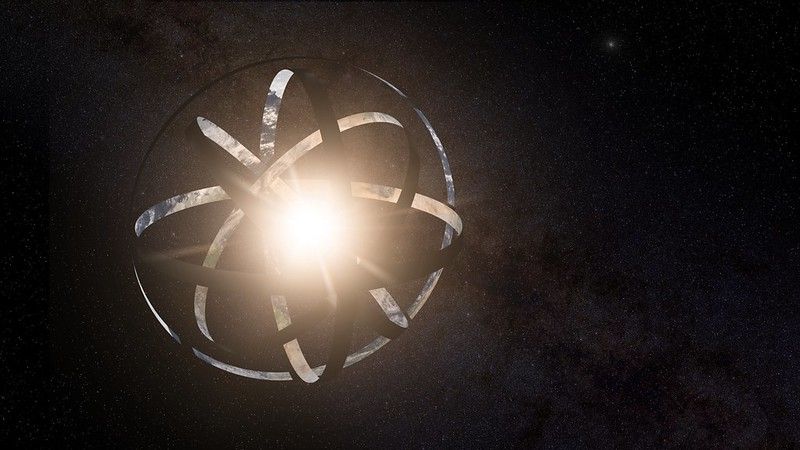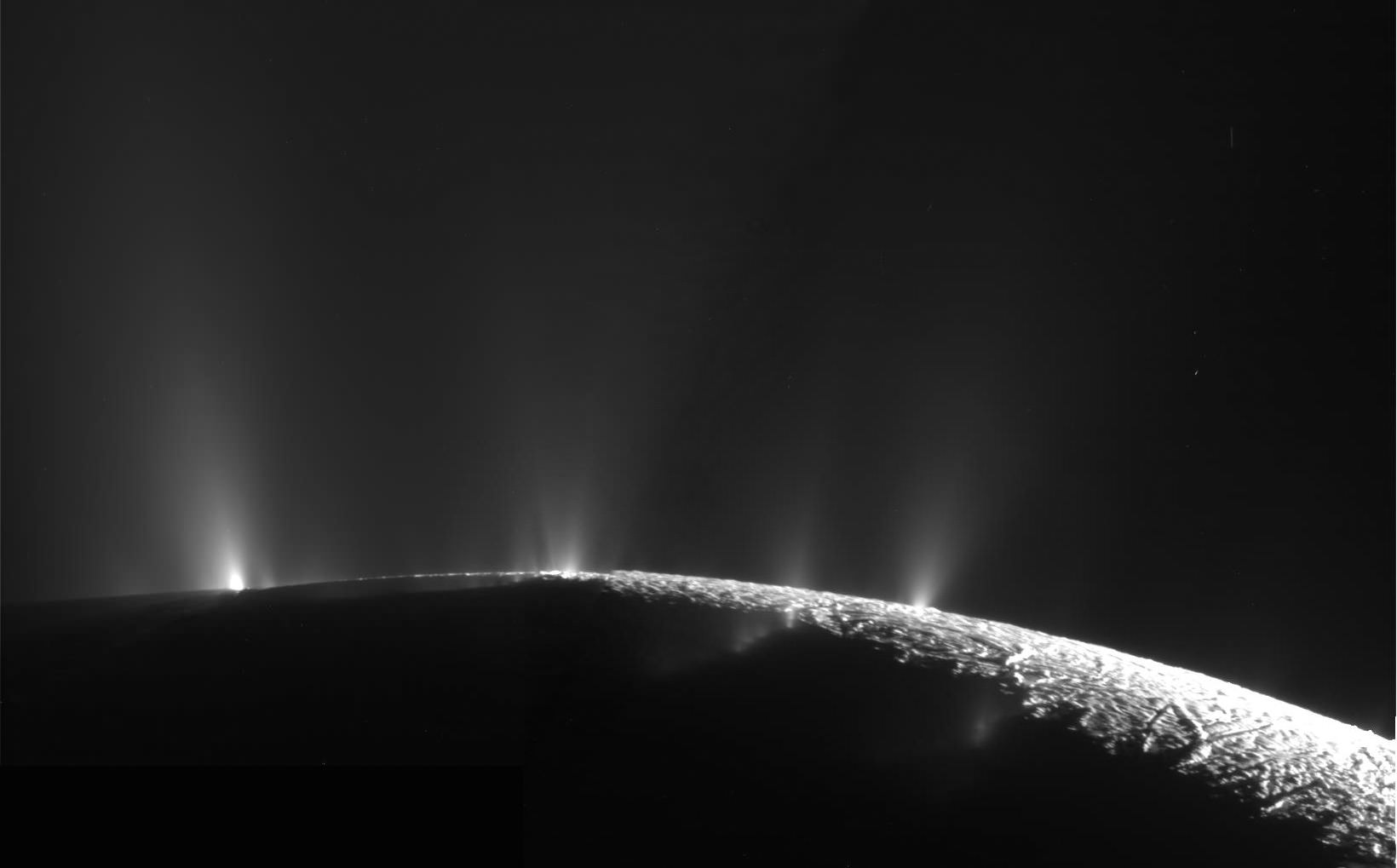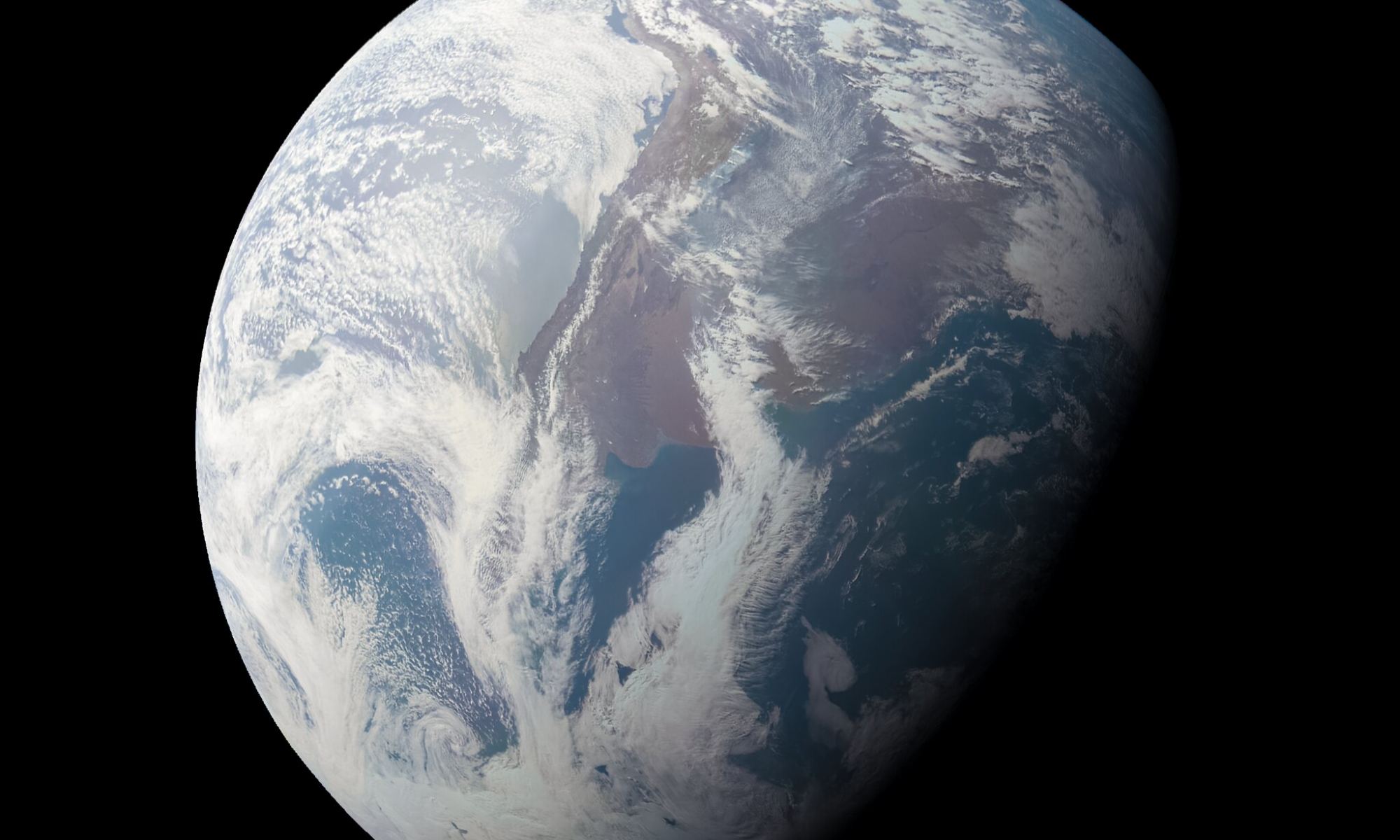Black holes are more than just massive objects that swallow everything around them – they’re also one of the universe’s biggest and most stable energy sources. That would make them invaluable to the type of civilization that needs huge amounts of power, such as a Type II Kardashev civilization. But to harness all of that power, the civilization would have to encircle the entire black hole with something that could capture the power it is emitting.
Continue reading “Advanced Civilizations Could be Using Dyson Spheres to Collect Energy From Black Holes. Here’s how we Could Detect Them”Micrometeorites Churn up the Surface of Europa. If you Want to Find Life, You’ll Need to dig Down a Meter or So
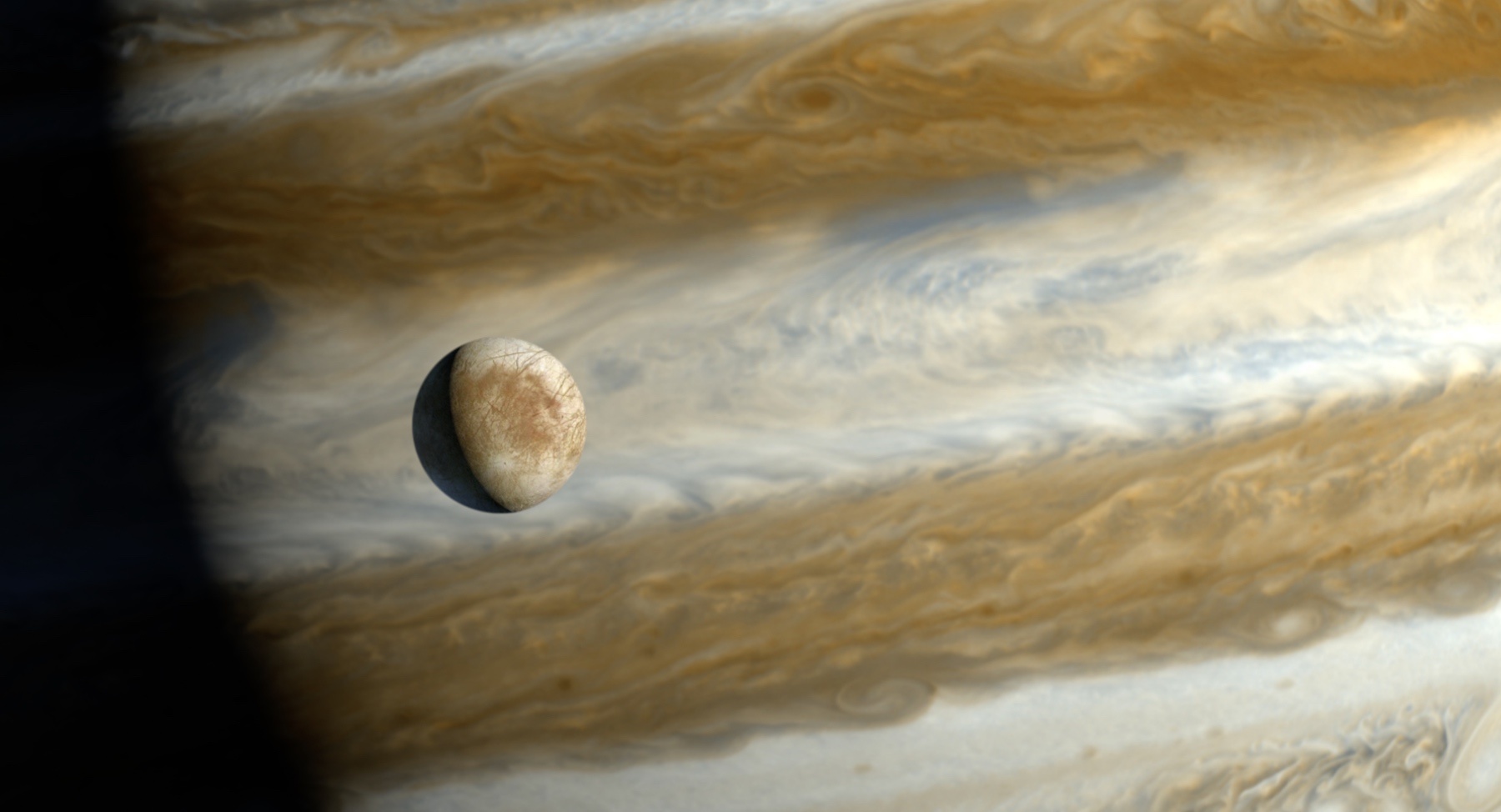
In the coming decade, NASA and the ESA will be sending two dedicated missions that will explore Jupiter’s moon Europa. These missions are known as the Europa Clipper and the JUpiter ICy moons Explorer (JUICE) missions, which will fulfill a dream that has been decades in the making – searching for possible evidence of life inside Europa. Since the 1970s, astronomers have theorized that this satellite contains a warm-water ocean that could support life.
The case for life in Europa has only been bolstered thanks to multiple flybys and observation campaigns that have been mounted since. According to new research led by the University of Hawaii at Manoa, the best way to look for potential signs of life (aka. biosignatures) would be to analyze small impact craters on Europa’s surface. These patches of exposed subsurface ice could point the way towards life that might exist deeper in the moon’s interior.
Continue reading “Micrometeorites Churn up the Surface of Europa. If you Want to Find Life, You’ll Need to dig Down a Meter or So”There are Probably Many More Earth-Sized Worlds Than Previously Believed
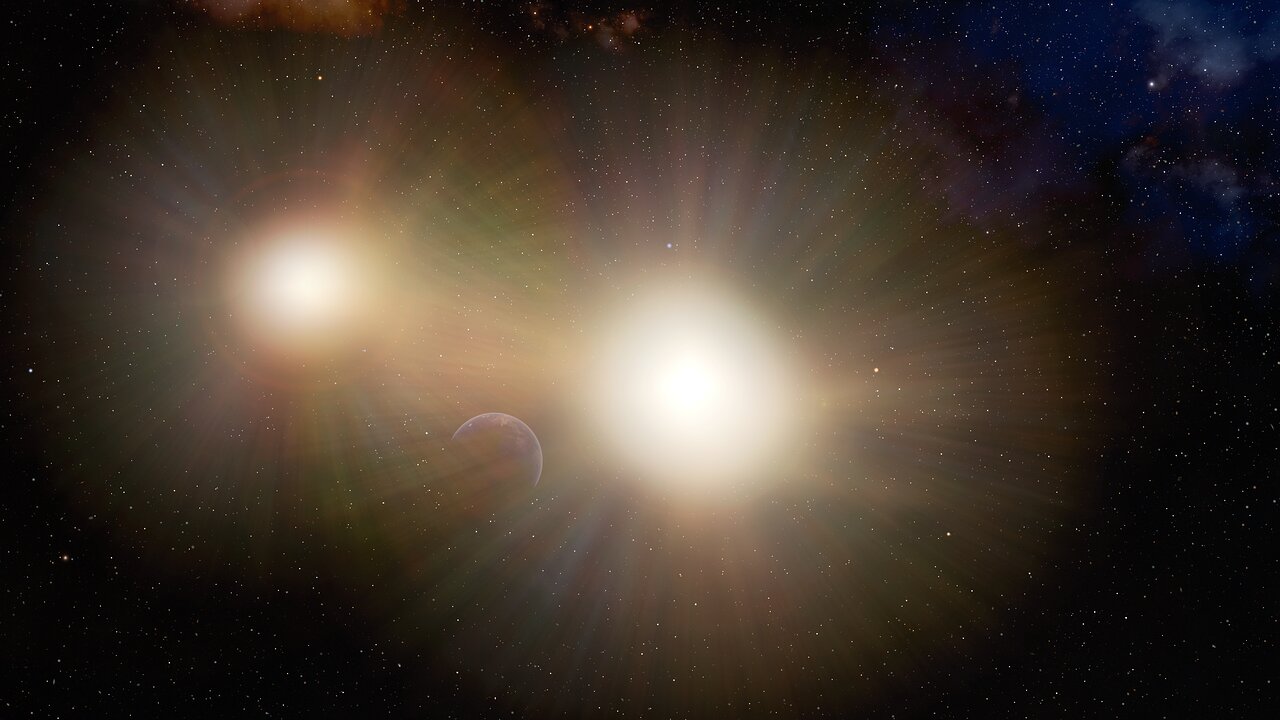
In the past decade, the discovery of extrasolar planets has accelerated immensely. To date, 4,424 exoplanets have been confirmed in 3,280 star systems, with another 7,453 awaiting confirmation. So far, most of these planets have been gas giants, with about 66% being similar to Jupiter or Neptune, while another 30% have been giant rocky planets (aka. “Super-Earths). Only a small fraction of confirmed exoplanets (less than 4%) have been similar in size to Earth.
However, according to new research by astronomers working at NASA Ames Research Center, it is possible that Earth-sized exoplanets are more common than previously thought. As they indicated in a recent study, there could be twice as many rocky exoplanets in binary systems that are obscured by the glare of their parent stars. These findings could have drastic implications in the search for potentially habitable worlds since roughly half of all stars are binary systems.
Continue reading “There are Probably Many More Earth-Sized Worlds Than Previously Believed”Cassini Saw Methane in Enceladus’ Plumes. Scientists Don’t Know How it Could be There Without Life
Even though the Cassini mission at Saturn ended nearly four years ago, data from the spacecraft still keeps scientists busy. And the latest research using Cassini’s wealth of data might be the most enticing yet.
Researchers say they’ve detected methane in the plumes of Saturn’s icy moon Enceladus. The process for how the methane is produced is not known at this time, but the study suggests that the surprisingly large amount of methane found are likely coming from activity at hydrothermal vents present on Enceladus’s interior seafloor. These vents could be very similar those found in Earth’s oceans, where microorganisms live, feed on the energy from the vents and produce methane in a process called methanogenesis.
Continue reading “Cassini Saw Methane in Enceladus’ Plumes. Scientists Don’t Know How it Could be There Without Life”Bad News, Life Probably can’t Exist on Venus. Good News, it Could be in Jupiter’s Clouds
For decades, scientists engaged in the search for life in the Universe (aka. astrobiology) have focused on searching for life on other Earth-like planets. These included terrestrial (aka. rocky) planets beyond our Solar System (extrasolar planets) and ones here at home. Beyond Earth, Mars is considered to be the most habitable planet next to Earth, and scientists have also theorized that life could exist (in microbial form) in the cloud tops of Venus.
In all cases, a major focal point is whether or not planets have large bodies of water on their surfaces (or did in the past). However, a new study led by a research team from the UK and German (with support from NASA) has shown that the existence of life may have less to do with the quantity of water and more to with the presence of atmospheric water molecules. As a result, we may have better luck finding life on Jupiter’s turbulent cloud deck than Venus’.
Continue reading “Bad News, Life Probably can’t Exist on Venus. Good News, it Could be in Jupiter’s Clouds”To Take the Best Direct Images of Exoplanets With Space Telescopes, we’re Going to Want Starshades
Between 2021 and 2024, the James Webb (JWST) and Nancy Grace Roman (RST) space telescopes will be launched to space. As the successors to multiple observatories (like Hubble, Kepler, Spitzer, and others), these missions will carry out some of the most ambitious astronomical surveys ever mounted. This will range from the discovery and characterization of extrasolar planets to investigating the mysteries of Dark Matter and Dark Energy.
In addition to advanced imaging capabilities and high sensitivity, both instruments also carry coronagraphs – instruments that suppress obscuring starlight so exoplanets can be detected and observed directly. According to a selection of papers recently published by the Journal of Astronomical Telescopes, Instruments, and Systems (JATIS), we’re going to need more of these instruments if we truly want to really study exoplanets in detail.
Continue reading “To Take the Best Direct Images of Exoplanets With Space Telescopes, we’re Going to Want Starshades”Most Exoplanets won’t Receive Enough Radiation to Support an Earth-Like Biosphere
To date, astronomers have confirmed the existence of 4,422 extrasolar planets in 3,280 star systems, with an additional 7,445 candidates awaiting confirmation. Of these, only a small fraction (165) have been terrestrial (aka. rocky) in nature and comparable in size to Earth – i.e., not “Super-Earths.” And even less have been found that are orbiting within their parent star’s circumsolar habitable zone (HZ).
In the coming years, this is likely to change when next-generation instruments (like James Webb) are able to observe smaller planets that orbit closer to their stars (which is where Earth-like planets are more likely to reside). However, according to a new study by researchers from the University of Napoli and the Italian National Institute of Astrophysics (INAF), Earth-like biospheres may be very rare for exoplanets.
Continue reading “Most Exoplanets won’t Receive Enough Radiation to Support an Earth-Like Biosphere”Astrobiologists Detect a Signature of Life Remotely. Don’t get too Excited, Though, it was With a Helicopter Here on Earth
Chirality is a word normally found in biological textbooks that will occasionally pop up in the astronomy community, usually when discussing potential biosignatures. Typically the term is explained by analogy with left and right hands – how the molecules are curved in one specific way or another, similarly to how human hands are formed either as left or right. These two curvatures of the molecules are mirror images of each other, but not exactly the same. Until recently, detection of chirality has focused on in situ measurements, such as those on Mars where molecules can be sampled directly. Now, however, a team led by Drs. Lucas Patty and Jonas Kühn at the University of Bern, has managed to detect chirality remotely using some impressive new technology.
Continue reading “Astrobiologists Detect a Signature of Life Remotely. Don’t get too Excited, Though, it was With a Helicopter Here on Earth”New Technique to Search for Life, Whether or not it’s Similar to Earth Life

In 1960, the first survey dedicated to the Search for Extraterrestrial Intelligence (SETI) was mounted at the Green Bank Observatory in West Virginia. This was Project Ozma, which was the brainchild of famed astronomer and SETI pioneer Frank Drake (for whom the Drake Equation is named). Since then, the collective efforts to find evidence of life beyond Earth have coalesced to create a new field of study known as astrobiology.
The search for extraterrestrial life has been the subject of renewed interest thanks to the thousands of exoplanets that have been discovered in recent years. Unfortunately, our efforts are still heavily constrained by our limited frame of reference. However, a new tool developed by a team of researchers from the University of Glasgow and Arizona State University (ASU) could point the way towards life in all of its forms!
Continue reading “New Technique to Search for Life, Whether or not it’s Similar to Earth Life”There Might be Volcanoes at the Bottom of Europa’s sub-ice Oceans
In about three years, NASA plans to launch a robotic orbiter that will study Jupiter’s mysterious moon Europa. It’s called the Europa Clipper mission, which will spend four years orbiting Europa to learn more about its ice sheet, interior structure, chemical composition, and plume activity. In the process, NASA hopes to find evidence that will help resolve the ongoing debate as to whether or not Europa harbors life in its interior.
Naturally, scientists are especially curious about what the Clipper mission might find, especially in Europa’s interior. According to new research and modeling supported by NASA, it’s possible that volcanic activity occurred on the seafloor in the recent past – which could be happening still. This research is the most detailed and thorough 3D modeling on how internal heat is produced and transferred and what effect this will have on a moon.
Continue reading “There Might be Volcanoes at the Bottom of Europa’s sub-ice Oceans”
